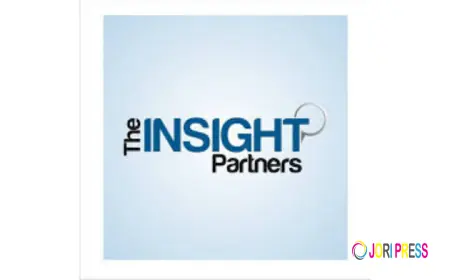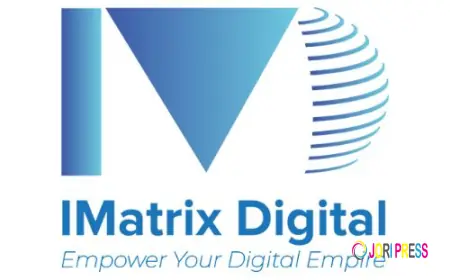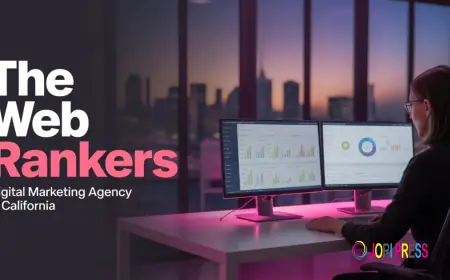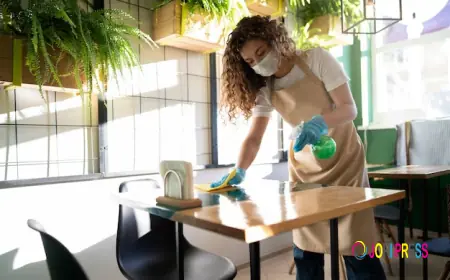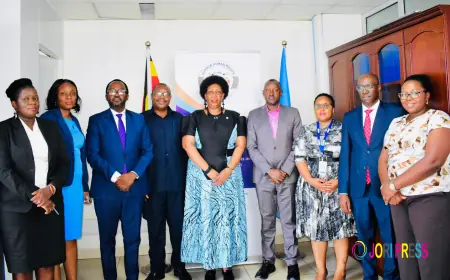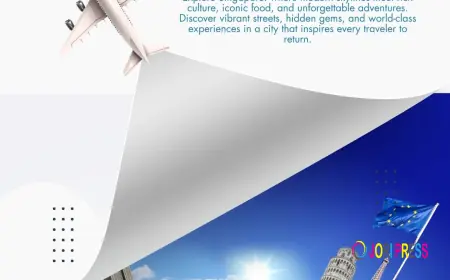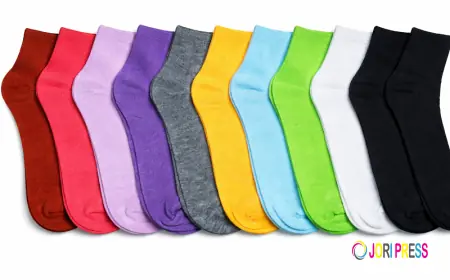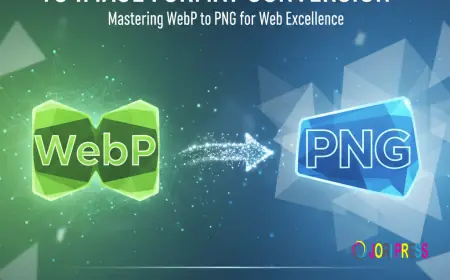India Liquid Applied Membranes Market Growth Factors: What’s Fueling the Industry Boom?
India Liquid Applied Membranes Market Growth Factors: What’s Fueling the Industry Boom?
India Liquid Applied Membranes Market to Reach USD 142.25 Million by 2030 – TechSci Research
According to the TechSci Research report, India Liquid Applied Membranes Market – By Region, Competition, Forecast and Opportunities, 2020-2030, the market is projected to grow from USD 118.17 million in 2024 to USD 142.25 million by 2030, at a CAGR of 3.78%. The growth is primarily driven by increasing urbanization, infrastructure development, and demand for durable waterproofing solutions across residential, commercial, and public infrastructure projects. LAMs are essential for enhancing building longevity, reducing maintenance costs, and ensuring structural safety in a variety of applications.
Download Sample Report:-
https://www.techsciresearch.com/sample-report.aspx?cid=15851
Market Overview: Importance of Liquid Applied Membranes
Liquid applied membranes (LAMs) have emerged as a critical component in modern construction projects due to their seamless waterproofing, adaptability, and ease of application. They are applied in roofs, terraces, bathrooms, basements, water tanks, and commercial buildings to prevent water damage. The India Liquid Applied Membranes Market growth reflects increased awareness among developers and homeowners about preventive maintenance, long-term durability, and compliance with construction standards. LAMs not only improve structural integrity but also preserve aesthetics and increase property value over time.
Key Market Drivers
Increasing Demand for Waterproofing Solutions
The rising need for high-performance waterproofing is a major factor fueling the market. Water seepage, leaks, and dampness can compromise structural stability, making reliable membranes essential. Developers and homeowners increasingly prefer LAMs due to their superior adhesion, flexibility, crack resistance, and chemical resistance. These properties make them suitable for various applications, including retrofitting old structures and constructing new buildings, providing long-term durability and cost savings.
Technological Advancements and Innovations
R&D investments have significantly transformed LAMs. Modern membranes now offer enhanced UV resistance, improved elasticity, chemical protection, and simplified application methods. Low-VOC and eco-friendly formulations cater to green building standards and sustainability initiatives. These technological improvements have made LAMs more efficient and versatile, promoting adoption in high-end residential projects, commercial complexes, and public infrastructure.
Impact of Government Initiatives
Government programs such as AMRUT and NMCG have contributed to increased demand. AMRUT focuses on urban infrastructure development, including roads, water supply, and sewage systems, while NMCG emphasizes riverfront development and sewage treatment. Both initiatives require reliable waterproofing materials to ensure longevity and reduce maintenance costs. These projects create consistent demand for high-quality LAMs across India.
Growing Focus on Sustainable Construction
Sustainable building practices are gaining traction in India. Manufacturers have responded by developing eco-friendly, low-VOC membranes that minimize environmental impact. Green construction projects are increasingly prioritizing materials that are safe, durable, and energy-efficient, further boosting demand for LAMs in residential, commercial, and public infrastructure projects.
Segmental Analysis: Ingredient Insights
Type-Based Analysis
The market is segmented by type: bituminous, elastomeric, cementitious, and specialty membranes. Elastomeric membranes are gaining popularity due to excellent elasticity, crack resistance, and long-term durability, making them suitable for structures subject to thermal and structural movement. Bituminous membranes are widely adopted for cost-effective waterproofing, while cementitious membranes are preferred for concrete structures due to their compatibility and easy application. Specialty membranes, such as polyurethane and acrylic-based formulations, provide high chemical resistance, UV stability, and performance under complex environmental conditions, catering to niche applications.
End-User Analysis
Residential construction currently dominates the India Liquid Applied Membranes Market due to increased focus on durability, preventive maintenance, and structural safety. LAMs are used extensively in rooftops, terraces, basements, bathrooms, and water tanks to prevent leaks and maintain structural integrity. Commercial and public infrastructure segments are also growing steadily. Offices, retail complexes, hospitals, educational institutions, and transportation facilities increasingly adopt LAMs to reduce water-related damage, ensure safety, and comply with building standards.
Regional Insights
West India, particularly Maharashtra and Gujarat, leads adoption due to rapid urbanization, extensive construction, and coastal humidity challenges. Manufacturers are strategically focusing on these regions to provide tailored solutions that address local climate and construction conditions. Urbanization in other regions, including Delhi-NCR, Karnataka, and Tamil Nadu, is expected to further boost LAM adoption, creating growth opportunities for manufacturers and contractors.
Competitive Landscape
Major players in the market include Sika India Pvt. Ltd., Pidilite Industries Limited, BASF India Limited, CICO Technologies Limited, and Fosroc India Pvt. Ltd. These companies emphasize continuous innovation, strategic partnerships, and distribution network expansion to maintain market share. They also focus on producing environmentally sustainable and technologically advanced membranes, catering to evolving construction needs across residential, commercial, and public infrastructure segments.
Application-Specific Trends
LAMs are used across a wide range of applications, including: rooftops, terraces, basements, water tanks, bathrooms, podiums, and commercial floors. Increasing adoption in water-sensitive areas such as wet zones in residential apartments, swimming pools, and water treatment plants highlights the versatility of LAMs. In commercial and public infrastructure, their use in underground parking, bridges, flyovers, and sewage treatment plants ensures structural safety, durability, and reduced maintenance costs. The ability to adapt to complex architectural designs further strengthens their demand.
Research and Development Trends
Ongoing R&D is driving the evolution of high-performance LAMs. Manufacturers are introducing formulations that combine flexibility, chemical resistance, UV protection, and eco-friendly characteristics. Emphasis is placed on user-friendly application methods that reduce labor costs and improve efficiency. These advancements make LAMs competitive compared to traditional waterproofing materials and support adoption in both urban and semi-urban construction projects.
Market Outlook and Future Opportunities
The India Liquid Applied Membranes Market is expected to maintain steady growth through 2030. Key growth factors include rapid urbanization, increased construction quality, and rising awareness of the benefits of waterproofing. Opportunities exist in developing eco-friendly formulations, expanding into tier-2 and tier-3 cities, and enhancing product adoption in commercial and infrastructure projects. Elastomeric membranes are likely to capture the largest market share due to superior performance, while specialty membranes will cater to niche, high-performance applications.
Emerging Challenges
Despite growth, the market faces challenges such as price sensitivity, raw material availability, and competition from alternative waterproofing solutions. Price fluctuations of base chemicals can impact LAM production costs. In addition, improper installation and lack of skilled labor can reduce the efficiency of LAMs. Addressing these challenges through training, awareness, and supply chain optimization will be crucial for sustained growth.
Download Sample Report:-
https://www.techsciresearch.com/sample-report.aspx?cid=15851
About Us:
TechSci Research is a research-based management consulting firm providing market research and advisory solutions to its customers worldwide, spanning a range of industries.
TechSci Research’s core values are value, integrity and insight. Led by a team of dynamic industry experts, TechSci Research provides its customers with high value market research and advisory services that helps them identify new market opportunities, growth engines and innovative ways to capture the market share. As a result, TechSci’s client leads rather than follow market trends. Not bound by legacy, TechSci’s cutting-edge research model leverages its decades of research knowledge and an increased use of technology as engines of innovation to deliver unique research value. Provided as an alternative to traditional market research, TechSci Research reports do not just deliver data and knowledge rather highlights the insights in a more usable and interactive format for its clients.
Contact Us:
420 Lexington Avenue,
Suite 300, New York, NY,
United States, 10170
Tel: +1 332-258-6602 (US)
+91-120-452 3900 (Asia)
+1 646 360 1656 (UK)
+49 221 65058833 (Germany)
Email: [email protected]
Website: https://www.techsciresearch.com
Contact
TechSci Research LLC
420 Lexington Avenue, Suite 300,
New York, United States- 10170
Tel: +13322586602
Email: [email protected]
Website: www.techsciresearch.com
FAQs
Q1: What is the expected CAGR of the India Liquid Applied Membranes Market?
Answer: The India Liquid Applied Membranes Market is expected to grow at 3.78% CAGR from 2024 to 2030.
Q2: Which end-user segment dominates the market?
Answer: Residential construction dominates due to the focus on durability and preventive maintenance.
Q3: What are the common types of LAMs?
Answer: Bituminous, elastomeric, cementitious, and specialty membranes such as polyurethane and acrylic-based solutions.
Q4: Who are the key players in the market?
Answer: Sika India Pvt. Ltd., Pidilite Industries Limited, BASF India Limited, CICO Technologies Limited, Fosroc India Pvt. Ltd.
Q5: How do government initiatives impact the market?
Answer: Programs like AMRUT and NMCG boost infrastructure projects, increasing demand for LAMs.
Q6: Are eco-friendly options available?
Answer: Yes, low-VOC and environmentally safe membranes are available for sustainable construction.
Q7: Why are LAMs preferred in residential projects?
Answer: They provide waterproofing, prevent structural damage, reduce maintenance costs, and enhance durability.
Q8: Which regions show the highest adoption of LAMs?
Answer: West India, particularly Maharashtra and Gujarat, due to urbanization and coastal climate challenges.
Q9: What technological innovations are shaping the market?
Answer: Enhanced elasticity, UV and chemical resistance, simplified application, and eco-friendly formulations.
Q10: What is the market outlook?
Answer: Steady growth is expected due to urbanization, infrastructure expansion, technology adoption, and increased awareness of waterproofing importance.
What's Your Reaction?
 Like
0
Like
0
 Dislike
0
Dislike
0
 Love
0
Love
0
 Funny
0
Funny
0
 Angry
0
Angry
0
 Sad
0
Sad
0
 Wow
0
Wow
0



